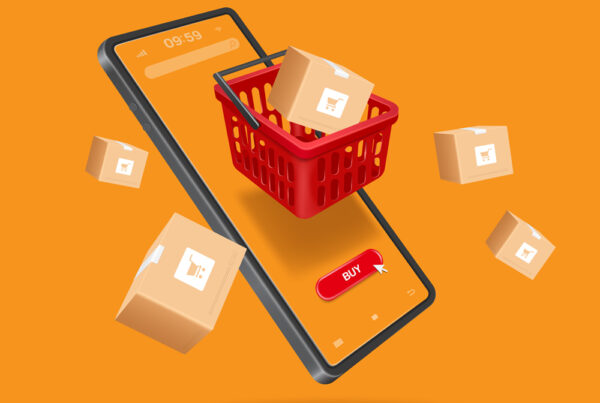In a highly publicised case some years ago, the father of a teenager who shopped at an American supermarket stormed in and demanded an apology from the staff. His daughter had been receiving ’pregnancy paraphernalia’ – hosts of leaflets and brochures on baby goodies while she was still in school. Days later, he admitted red-faced that his daughter had been pregnant after all. The supermarket’s marketing department knew before he did.
While not all brand personalisation stories are as intimate as this, in today’s information age, the importance of using data to personalise communication and customise products is well known. The combination of traditional market segmentation and customer tracking has already revolutionised the way businesses interact with their clientele, simply because this mix has so much to offer. It gives consumers a more unique online experience that will place items, links, news and offers that interest them directly in their paths. This can all be refined so that individual customers – as opposed to customer segments – get exactly what they want. It can lead to better retail experiences and a higher overall spend.
But like any great tool, personalisation has its weaknesses – particularly when a challenge lies in maintaining the balance between useful and intrusive. It’s a delicate balance to strike; no marketer wants to cross the line where the materials they produce become invasive, but they want to provide suitable and targeted information that consumers will use. So how can marketers toe the line and avoid alienating customers?
Businesses that do personalisation well appear perceptive, rather than intrusive.
To achieve this, the first step is communication, both inside and outside the business. A seamless system of internal communications within an organisation has to be established and all of the touch points on the customer purchase journey need to be connected. This will help create a differentiating customer experience.
The second step is to know your audience. Marketers should choose to embrace an opt-in mentality and prioritise communications with customers that are engaged and truly interested in the brand. Content and special offers should be relevant and above all, they should be timely. There is no use in sending a voucher for a certain store hours after the customer has left that same store. Timing is crucial.
The third step is checking your data. Relevant and accurate customer information is the foundation of a successful relationship marketing effort. Marketing messages that offer helpful reminders or propose products and services that are beneficial are welcomed by customers because they offer utility that can help simplify life. On the flip side, when data is inaccurate, you risk damaging your brand.
The fourth step is to be helpful without being overly specific. To put this into context, imagine a consumer posted to Facebook that they had a great time at their yoga class on Monday night. The next day when shopping on their usual sporting goods site, an ad pops up saying “We see you enjoyed your yoga class Monday night. Click here to view our yoga mats during our 20 per cent off sale.“ While the information may be helpful, the communication is far too specific and is likely to turn the customer off a brand for being too explicitly direct. Replace the overly direct communication with a discreet banner or a gentle prompt via email that there is a sale on for yoga-related goods and you’ll have a far more effective (not to mention subtle) form of targeted marketing, that works without worrying the customer that they reveal too much information online.
Finally, listen. Listen to your customers. Listen for complaints, for frustrations or for praise. Use these insights to help resolve issues and acknowledge compliments so that the relationship between the business and customer strengthens and thrives.
Remember, personalisation can be helpful when it comes from a familiar company, but equally, it can be seen as invasive targeting when it comes from a stranger. Communicate, know your audience, check your data and listen to your clients. While there are many opportunities for brands to seize, recognising boundaries is vital.



